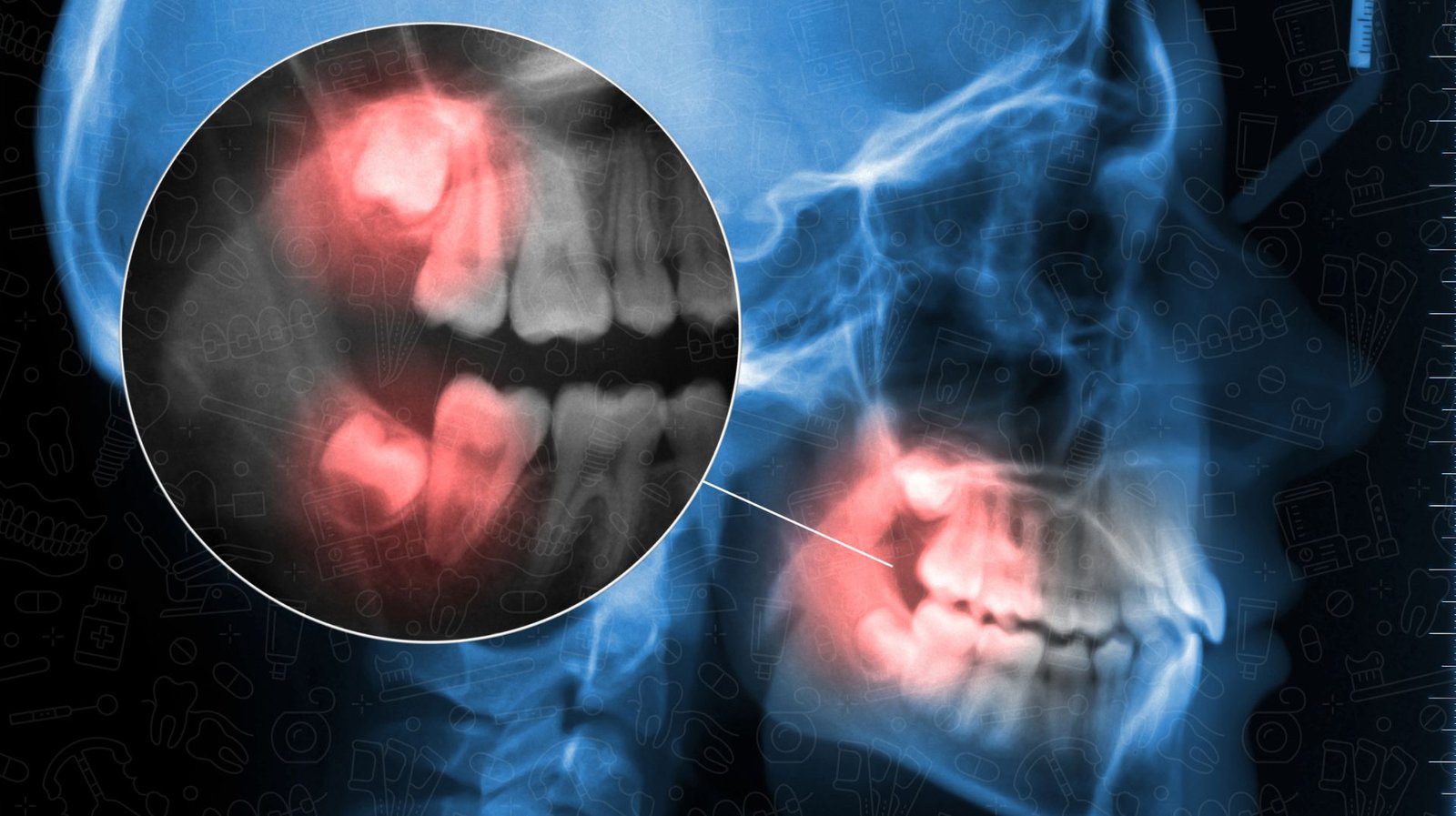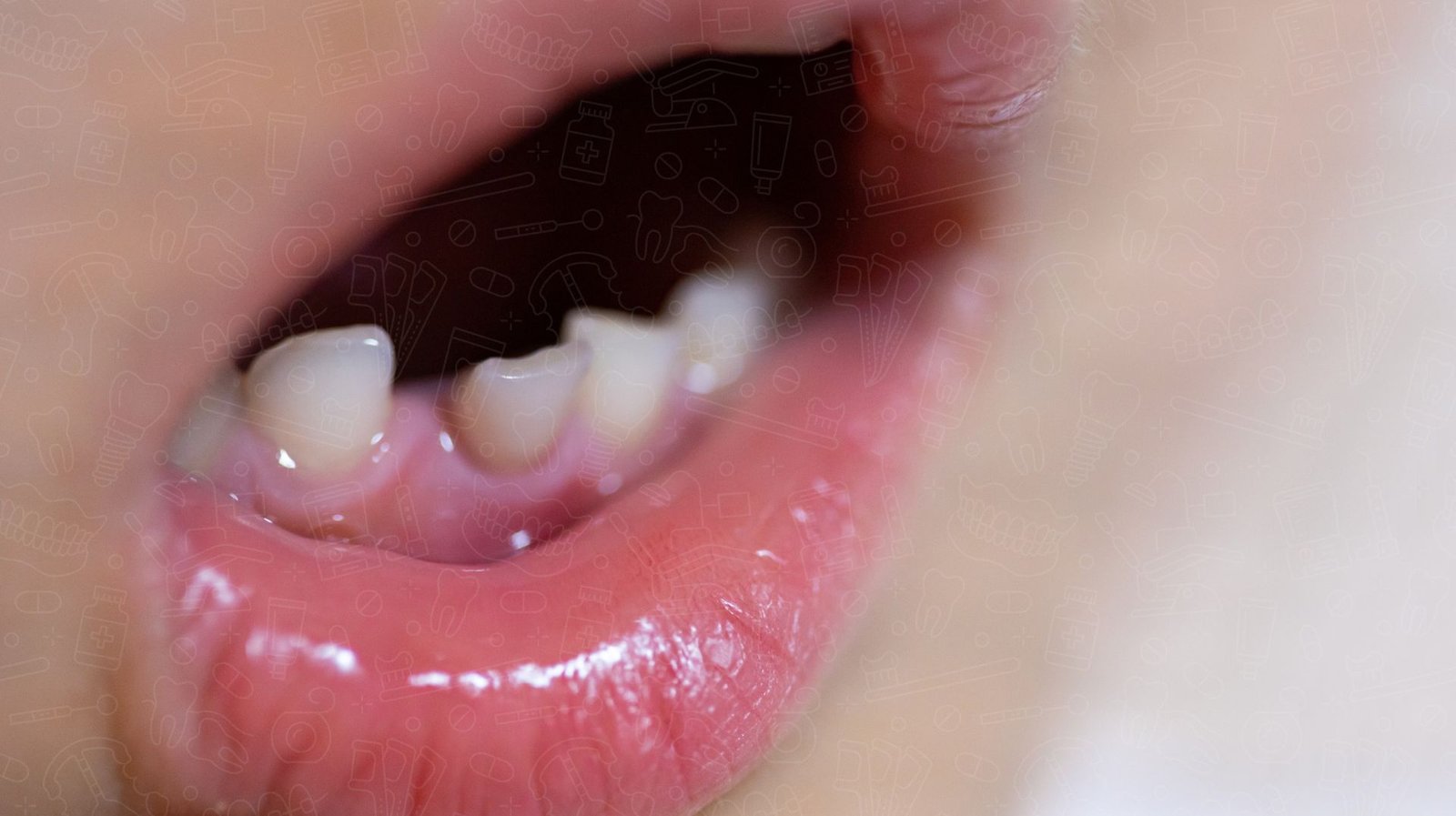Introduction
Overview of Cosmetic Dentistry
Cosmetic dentistry is a branch of dental care that focuses on enhancing the appearance of a person’s teeth, gums, and smile. This field encompasses a variety of procedures aimed at improving dental aesthetics, including color, shape, size, alignment, and overall smile appearance. The goal is not only to enhance beauty but also to boost confidence and self-esteem.
Introduction to Bonding and Veneers
Bonding and veneers are two of the most popular cosmetic dentistry procedures used to achieve a perfect smile. Both bonding and veneers techniques address common dental issues such as discoloration, chips, cracks, and gaps. Dental bonding involves applying a tooth-colored resin to the teeth, while veneers are thin shells of porcelain or composite material that cover the front surface of the teeth. Understanding the differences between bonding and veneers is essential for making an informed decision about which procedure is best suited to your needs.
Importance of Choosing the Right Procedure for the Perfect Smile
Selecting the appropriate cosmetic dental procedure is crucial for achieving the desired results. Factors such as the condition of your teeth, budget, and aesthetic goals must be considered. Consulting with a dental professional can help determine whether bonding or veneers will provide the most effective and long-lasting solution for your smile enhancement.
Understanding Bonding
Definition and Explanation of Bonding
Dental bonding is a cosmetic procedure that involves applying a tooth-colored composite resin to the surface of the teeth. This resin is molded and polished to match the surrounding teeth, creating a natural and aesthetically pleasing appearance. Bonding is typically used to repair minor cosmetic flaws and improve the overall look of the teeth.
How Bonding Works
Preparation
The bonding process begins with a thorough cleaning of the teeth. The dentist then slightly roughens the surface of the tooth to ensure better adhesion of the bonding material.
Application of Composite Resin
A tooth-colored composite resin is applied to the prepared tooth. The dentist carefully molds and shapes the resin to achieve the desired contour.
Curing Process
Once the resin is properly shaped, a special curing light is used to harden the material. This light activates the resin, causing it to bond securely to the tooth.
Shaping and Polishing
After the resin is hardened, the dentist makes final adjustments to the shape and contour of the bonded tooth. The tooth is then polished to achieve a smooth and natural-looking finish.
Common Uses in Cosmetic Dentistry
Bonding is commonly used for:
- Repairing chipped or cracked teeth
- Closing gaps between teeth
- Reshaping irregular teeth
- Covering discolored or stained teeth
- Protecting exposed tooth roots
Understanding Veneers
Definition and Explanation of Veneers
Veneers are thin shells made of porcelain or composite material that are custom-designed to cover the front surface of the teeth. They are used to improve the appearance of teeth that are discolored, chipped, misaligned, or have gaps. Veneers provide a durable and long-lasting solution for achieving a perfect smile.
Types of Veneers
Porcelain veneers are known for their superior aesthetic quality and durability. They are highly resistant to staining and mimic the natural translucency of tooth enamel, providing a lifelike appearance.
Composite Veneers
Composite veneers are made from the same material used in dental bonding. They are less expensive than porcelain veneers but may not last as long and are more susceptible to staining.
The Veneer Application Process
Preparation
The dentist begins by removing a small amount of enamel from the front surface of the teeth to accommodate the veneers. This ensures a natural fit and appearance.
Impression Taking
An impression of the prepared teeth is taken to create custom veneers that fit precisely.
Fabrication
The impression is sent to a dental laboratory, where the veneers are fabricated to match the patient’s teeth in shape, size, and color.
Bonding Veneers to Teeth
Once the veneers are ready, the dentist checks their fit and appearance before permanently bonding them to the teeth using a special adhesive. The veneers are then cured with a light to ensure a strong bond.
Comparing Bonding and Veneers
Aesthetic Results
Natural Look and Feel in Bonding and Veneers
Both bonding and veneers can provide a natural-looking result, but veneers often offer superior aesthetics due to their translucency and ability to mimic natural tooth enamel.
Color Matching and Stain Resistance in Bonding and Veneers
Veneers, particularly porcelain veneers, are more resistant to staining compared to the composite resin used in bonding. They also offer better color stability over time.
Durability and Longevity of Bonding and Veneers
Lifespan of Bonding
Dental bonding typically lasts between 3 to 10 years, depending on the location of the bonded tooth and the patient’s oral habits.
Lifespan of Veneers
Veneers, especially porcelain veneers, can last 10 to 15 years or longer with proper care.
Procedure Time of Bonding and Veneers
Time Required for Bonding
Dental bonding is usually completed in a single visit, taking about 30 to 60 minutes per tooth.
Time Required for Veneers
The process of getting veneers usually requires two to three visits over several weeks, including preparation, impression taking, and final placement.
Cost Considerations for Bonding and Veneers
Cost of Bonding
Dental bonding is generally more affordable, with costs ranging from $100 to $400 per tooth.
Cost of Veneers
Veneers are more expensive, with costs ranging from $800 to $2,500 per tooth, depending on the material and complexity of the case.
Suitability and Versatility
Ideal Candidates for Bonding
Dental bonding is suitable for patients with minor cosmetic imperfections, such as small chips, cracks, or gaps.
Ideal Candidates for Veneers
Veneers are ideal for patients seeking a more comprehensive and long-lasting solution for multiple cosmetic issues, such as severe discoloration, significant misalignment, or extensive damage.
Maintenance and Care for Bonding and Veneers
Care for Bonded Teeth
Bonded teeth require regular brushing, flossing, and dental check-ups. Patients should avoid habits that can damage the bonding material, such as biting nails or chewing on hard objects.
Care for Veneers
Veneers also require good oral hygiene practices and regular dental visits. While porcelain veneers are more stain-resistant, patients should still avoid foods and drinks that can cause discoloration.
Advantages of Bonding
Quick and Minimally Invasive
Dental bonding is a fast and straightforward procedure that typically requires no anesthesia and minimal enamel removal.
Cost-Effective Solution
Bonding is an affordable option for improving the appearance of teeth.
Immediate Results
Patients can see the results of dental bonding immediately after the procedure.
Preservation of Natural Tooth Structure
Bonding is minimally invasive and requires little to no removal of the natural tooth structure, which helps preserve the integrity of the teeth.
Advantages of Veneers
Superior Aesthetic Quality
Veneers offer the most natural and aesthetically pleasing results, closely resembling natural tooth enamel.
Long-Lasting Results
With proper care, veneers can provide durable and long-lasting improvements to the smile.
Stain Resistance
Porcelain veneers are highly resistant to staining, maintaining their appearance over time.
Comprehensive Solution for Multiple Issues
Veneers can address a wide range of cosmetic dental problems, providing a comprehensive solution for achieving a perfect smile.
Limitations of Bonding
Susceptibility to Staining
Composite resin used in bonding is more prone to staining compared to porcelain veneers.
Less Durable than Veneers
Bonded teeth are less durable and may require touch-ups or replacements more frequently.
May Require Touch-Ups
Over time, bonded teeth may need additional treatment to maintain their appearance.
Limitations of Veneers
Higher Cost
Veneers are significantly more expensive than dental bonding.
More Invasive Procedure
The process of applying veneers involves removing a small amount of enamel, which is irreversible.
Irreversible Nature
Once enamel is removed for veneers, it cannot be restored, making the decision to get veneers a permanent one.
Making the Decision: Bonding or Veneers?
Factors to Consider When Choosing
Consider factors such as the extent of cosmetic issues, budget, desired longevity, and aesthetic goals when choosing between bonding and veneers.
Personal Preferences and Goals
Your personal preferences and goals for your smile should play a significant role in your decision.
Professional Recommendations
Consulting with a dental professional can provide valuable guidance and recommendations based on your individual needs and circumstances between bonding and veneers.
Conclusion
It is always suggested to consult a dental professional for personalized advice and to ensure the best outcome for your smile enhancement.





